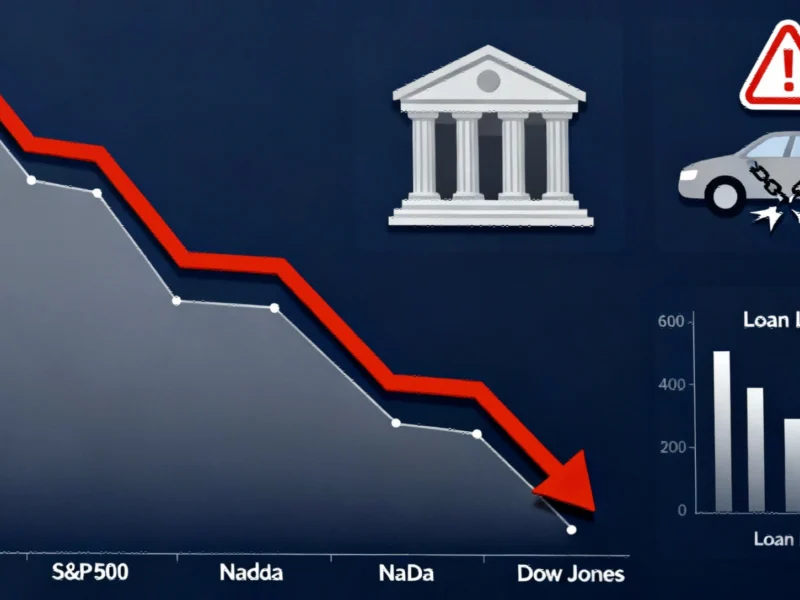Market Momentum Builds for Critical Minerals
The Australian mining sector experienced significant gains Tuesday as critical mineral producers saw their stock values surge following the landmark agreement between US President Donald Trump and Australian Prime Minister Anthony Albanese. The deal, aimed at securing America’s access to rare earths and other essential materials, triggered immediate market reactions that highlight the growing strategic importance of these resources.
Lynas Rare Earths Ltd. led the charge with a 4.7% increase, while mineral sands specialist Iluka Resources Ltd. posted an impressive 9.1% gain. The most dramatic movement came from Arafura Rare Earths Ltd., whose shares skyrocketed 29% after revelations that the US Export-Import Bank is evaluating up to $300 million in financing support for one of its key projects. The company also secured conditional funding approval from the Australian government, adding further momentum to its development plans.
Strategic Implications of the Bilateral Agreement
This agreement represents a significant step in global supply chain realignment for critical minerals, which are essential for everything from electric vehicles and renewable energy infrastructure to defense technologies. The partnership signals a concerted effort by both nations to reduce dependence on single sources and create more resilient supply networks amid growing geopolitical tensions.
Industry analysts note that this development comes at a crucial time, as nations worldwide are reassessing their mineral security strategies. The collaboration between Washington and Canberra could establish a new template for international cooperation on resource security, potentially influencing how other nations approach their own critical mineral strategies in the coming years.
Broader Technology and Industry Context
The critical minerals boom occurs against a backdrop of rapid technological transformation across multiple sectors. Recent industry developments in artificial intelligence governance and content management reflect the complex regulatory environment facing technology companies today. Similarly, the financial sector is navigating new challenges in AI compliance frameworks that parallel the evolving regulatory landscape for resource extraction and trade.
Technology infrastructure remains a critical enabler for the mining sector’s growth, with companies increasingly relying on advanced computing systems to optimize operations. Recent technology updates and system patches highlight the ongoing need for robust digital infrastructure to support industrial operations. The sector’s digital transformation continues to accelerate, with cloud services becoming increasingly integral to mining operations, despite occasional service disruptions that underscore the importance of redundancy planning.
Corporate Strategy and Market Positioning
The market response to the US-Australia agreement demonstrates how geopolitical developments can rapidly reshape corporate fortunes in the resources sector. Companies positioned to benefit from shifting supply chain dynamics are seeing renewed investor interest, mirroring strategic moves in the technology sector where companies are exploring innovative leadership structures to navigate complex market conditions.
This minerals partnership also intersects with broader discussions about technology governance, particularly as governments worldwide grapple with the implications of AI content strategies and their legal ramifications. The parallel between resource security and technology policy highlights how traditional industrial sectors and digital innovation are becoming increasingly intertwined.
Future Outlook and Industry Implications
Market observers anticipate that this agreement will trigger several key developments:
- Increased investment in Australian critical minerals projects
- Enhanced collaboration between US and Australian research institutions
- Accelerated development of downstream processing capabilities
- Strengthened positioning of both nations in the global critical minerals landscape
The partnership represents more than just a trade agreement—it signals a fundamental realignment in how democratic nations are approaching resource security and industrial policy. As the world transitions toward cleaner energy and advanced technologies, secure access to critical minerals will remain a cornerstone of economic and national security strategies for the foreseeable future.
The sustained growth of the critical minerals sector will depend on continued policy support, technological innovation, and strategic international partnerships that ensure stable supply chains for the materials driving the global energy transition.
This article aggregates information from publicly available sources. All trademarks and copyrights belong to their respective owners.
Note: Featured image is for illustrative purposes only and does not represent any specific product, service, or entity mentioned in this article.



